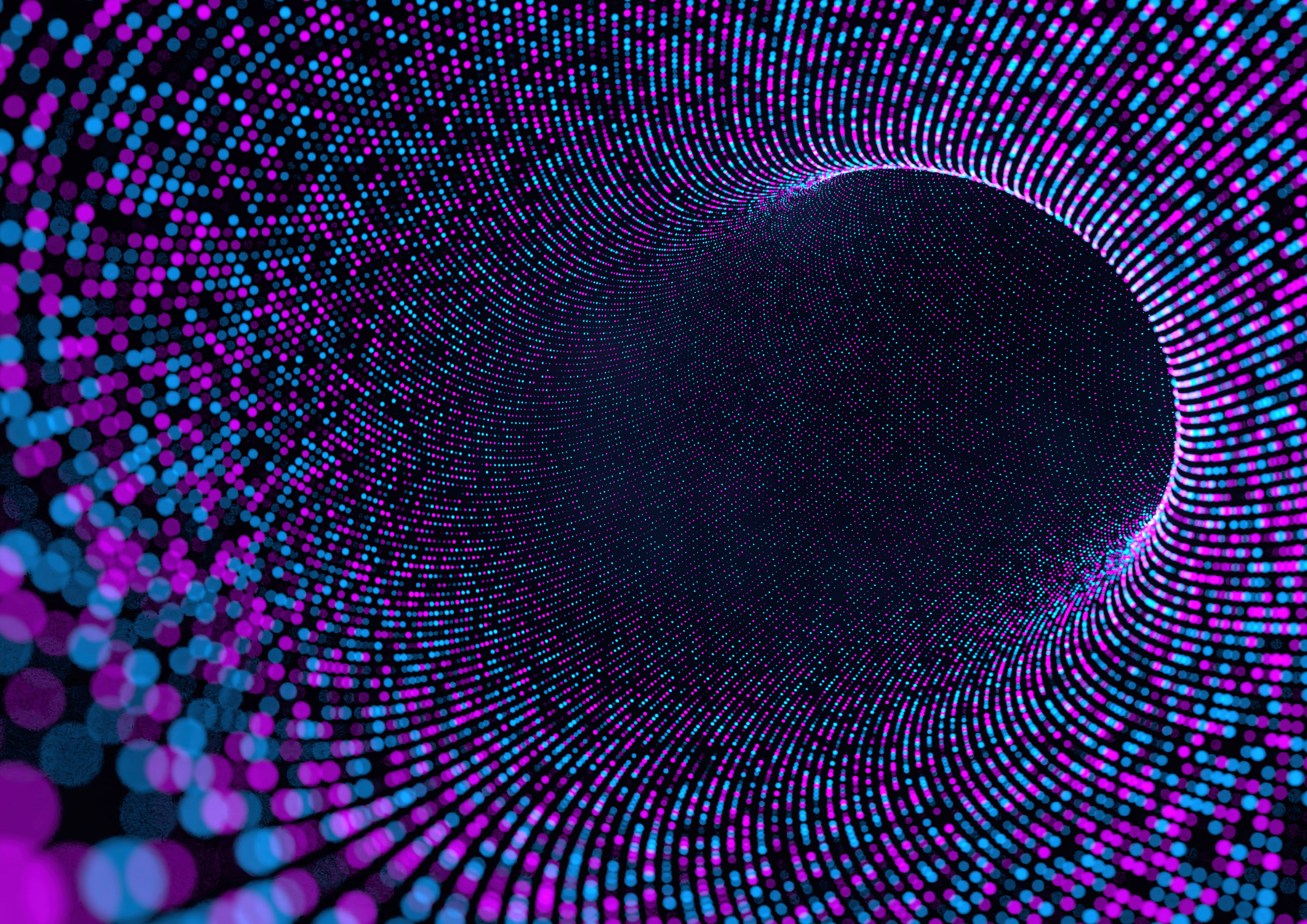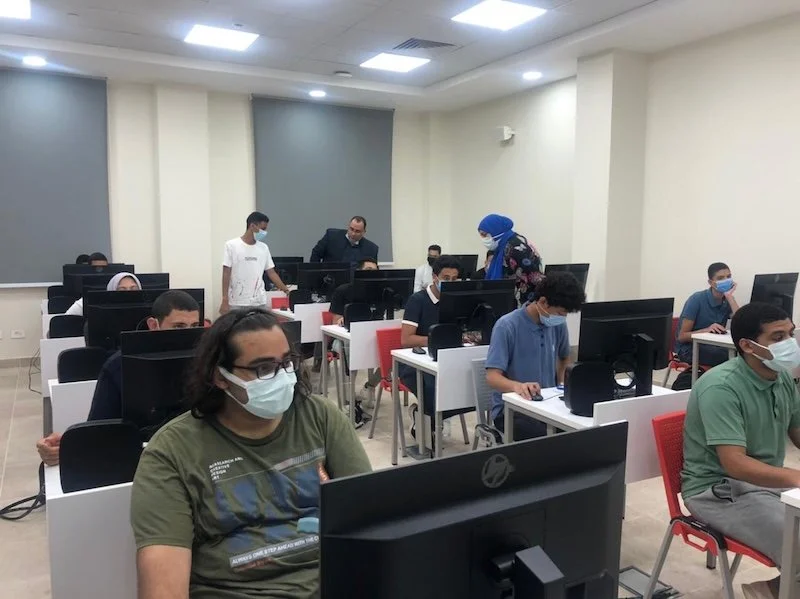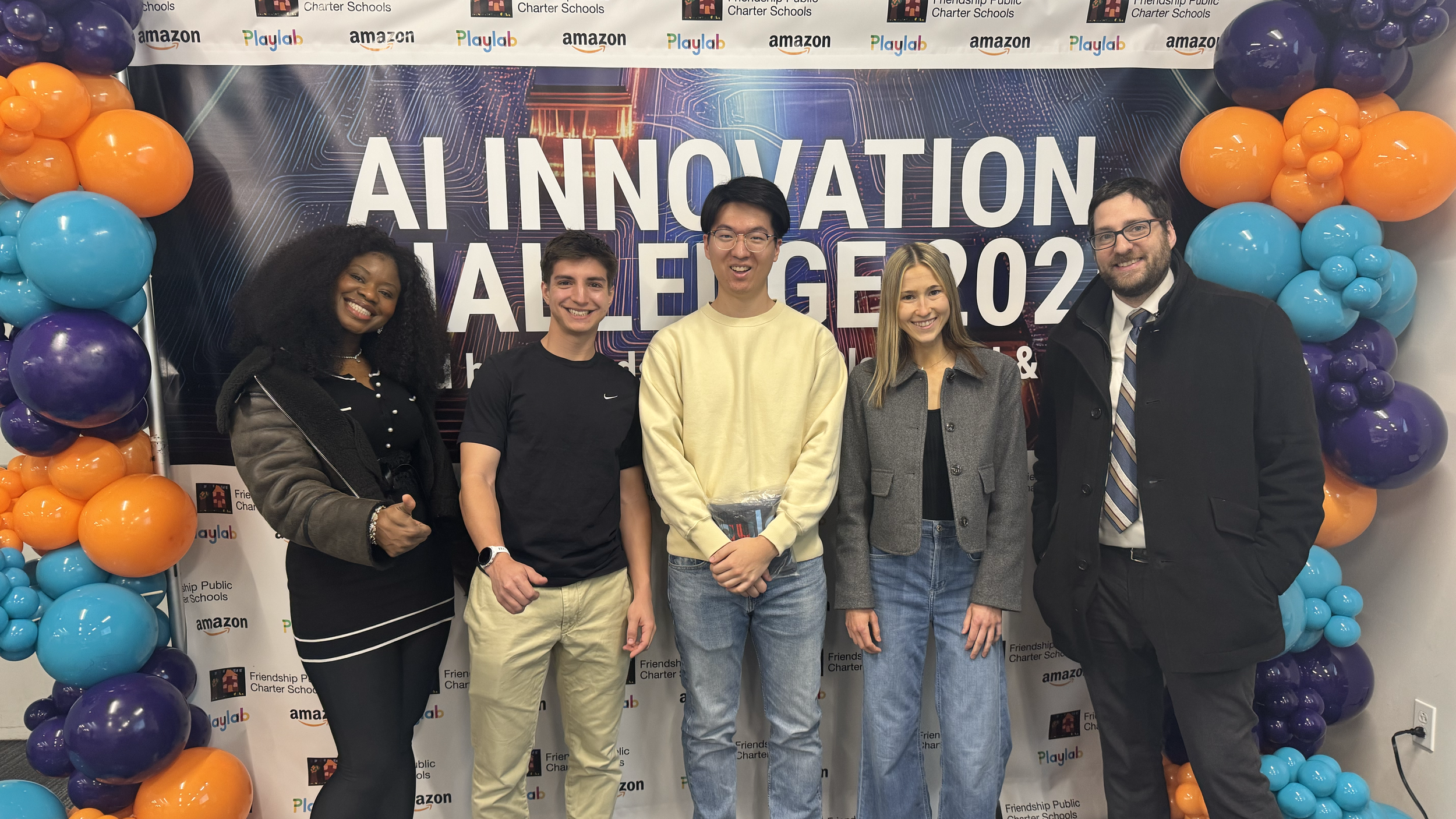Quantum breakthrough could improve biosensing and imaging by using stronger light without damaging samples
Study involving Scottish and Italian researchers finds quantum enhancement can persist at nearly 10 times higher intensities than previously believed.
Researchers from institutions in Scotland and Italy have demonstrated that quantum-enhanced two-photon processes, used in fields such as biomedical imaging and spectroscopy, can remain effective at significantly higher light intensities than previously thought.
The findings challenge the long-held view that quantum benefits only apply at very low light levels.
The research was published in Science Advances and led by scientists from the University of Strathclyde, the University of Glasgow, Università dell’Insubria in Como, and the Istituto di Fotonica e Nanotecnologie del CNR in Milan.
Quantum light, particularly entangled photon pairs, has long been studied for its potential to increase signal strength in sensitive imaging and sensing technologies while minimizing sample damage. Traditional two-photon excitation methods require intense light, which can degrade biological samples. Previous work suggested that quantum methods could reduce that risk—but only at faint light levels, limiting their practical usefulness.
The new study finds that quantum effects persist even when intensities are increased by nearly a factor of ten.
Applications in biosensing and medical diagnostics
Two-photon processes are central to applications in neuroscience and cellular imaging, including the study of diseases such as Alzheimer’s. The ability to enhance these techniques with quantum light—without causing photobleaching or damage to sensitive biological structures—has been an area of active research.
The new findings suggest that quantum-enhanced imaging may be feasible in real-world biomedical settings, where stronger light sources are needed to produce measurable signals. This could lead to improvements in biosensors, optical diagnostics, and spectroscopy tools that currently rely on classical light sources.
Dr. Lucia Caspani, formerly a Senior Lecturer at Strathclyde’s Institute of Photonics and now a visiting researcher, says: “We have been able to demonstrate that quantum effects can still provide an advantage well beyond the level of low intensity. This could significantly expand the role of quantum light in applied technologies, notably within the field of biosensing.”
The research team conducted both theoretical modeling and controlled experiments comparing quantum light with classical light in two-photon absorption scenarios. The experiments showed that quantum-enhanced light produced stronger and more efficient signals, even as light intensity increased.
The results were consistent across both types of analysis, reinforcing the reliability of the findings and the potential for scalability.
Dr. Caspani adds: “Our research could lay the groundwork for the next generation of quantum-enhanced sensing approaches.”
The researchers stress that while the findings are significant, further work is needed to adapt them to commercial and clinical environments. Practical implementation will depend on advances in photon source stability, sensor calibration, and hardware integration.





















